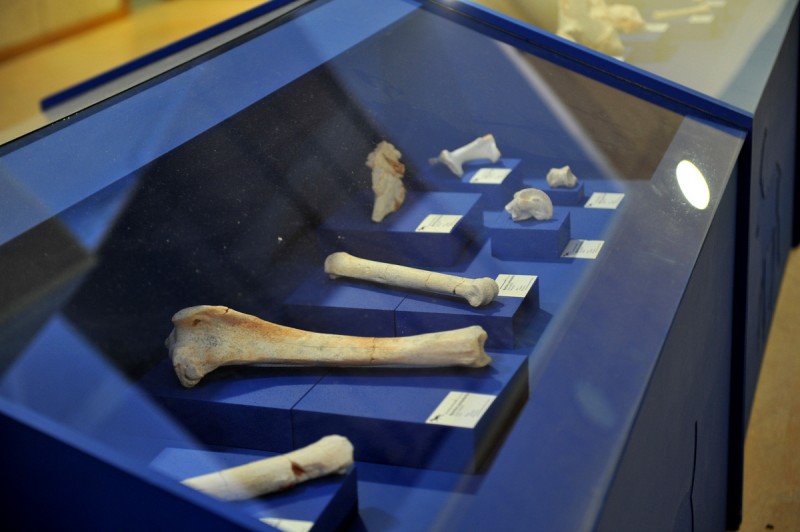- Region
- Águilas
- Alhama de Murcia
- Jumilla
- Lorca
- Los Alcázares
- Mazarrón
- San Javier
-
ALL AREAS & TOWNS
- AREAS
- SOUTH WEST
- MAR MENOR
- MURCIA CITY & CENTRAL
- NORTH & NORTH WEST
- TOWNS
- Abanilla
- Abarán
- Aguilas
- Alamillo
- Alcantarilla
- Aledo
- Alhama de Murcia
- Archena
- Balsicas
- Blanca
- Bolnuevo
- Bullas
- Cañadas del Romero
- Cabo de Palos
- Calasparra
- Camping Bolnuevo
- Campo De Ricote
- Camposol
- Canada De La Lena
- Caravaca de la Cruz
- Cartagena
- Cehegin
- Ceuti
- Cieza
- Condado de Alhama
- Corvera
- Costa Cálida
- Cuevas De Almanzora
- Cuevas de Reyllo
- El Carmoli
- El Mojon
- El Molino (Puerto Lumbreras)
- El Pareton / Cantareros
- El Raso
- El Valle Golf Resort
- Fortuna
- Fuente Alamo
- Hacienda del Alamo Golf Resort
- Hacienda Riquelme Golf Resort
- Isla Plana
- Islas Menores & Mar de Cristal
- Jumilla
- La Azohia
- La Charca
- La Manga Club
- La Manga del Mar Menor
- La Pinilla
- La Puebla
- La Torre
- La Torre Golf Resort
- La Unión
- Las Palas
- Las Ramblas
- Las Ramblas Golf
- Las Torres de Cotillas
- Leiva
- Librilla
- Lo Pagan
- Lo Santiago
- Lorca
- Lorquí
- Los Alcázares
- Los Balcones
- Los Belones
- Los Canovas
- Los Nietos
- Los Perez (Tallante)
- Los Urrutias
- Los Ventorrillos
- Mar De Cristal
- Mar Menor
- Mar Menor Golf Resort
- Mazarrón
- Mazarrón Country Club
- Molina de Segura
- Moratalla
- Mula
- Murcia City
- Murcia Property
- Pareton
- Peraleja Golf Resort
- Perin
- Pilar de la Horadada
- Pinar de Campoverde
- Pinoso
- Playa Honda
- Playa Honda / Playa Paraíso
- Pliego
- Portmán
- Pozo Estrecho
- Puerto de Mazarrón
- Puerto Lumbreras
- Puntas De Calnegre
- Region of Murcia
- Ricote
- Roda Golf Resort
- Roldan
- Roldan and Lo Ferro
- San Javier
- San Pedro del Pinatar
- Santiago de la Ribera
- Sierra Espuña
- Sucina
- Tallante
- Terrazas de la Torre Golf Resort
- Torre Pacheco
- Totana
- What's On Weekly Bulletin
- Yecla


- EDITIONS:
 Spanish News Today
Spanish News Today
 Alicante Today
Alicante Today
 Andalucia Today
Andalucia Today
A history of Abanilla
The Moors and the Order of Calatrava shaped the historical development of Abanilla
In terms of surface area, Abanilla is a relatively small municipality in the north-east of the Region of Murcia, sharing a border with the province of Alicante, and covering a surface area of 236 square kilometres.
Today the municipality has around 6,500 inhabitants and although the attractive town centre and picturesque countryside are worth visiting purely to enjoy them as they stand today, no visit is really complete without understanding of the historical events and developments which led to them existing in the first place.
As with most of Murcia, the story of Abanilla is one of various cultures and races, from pre-historic man through the Argarics, the Iberians, the Romans, the Visigoths and the Moors to the Christian Reconquista and the rule of the military Order of Calatrava which lasted until well into the 19th century.
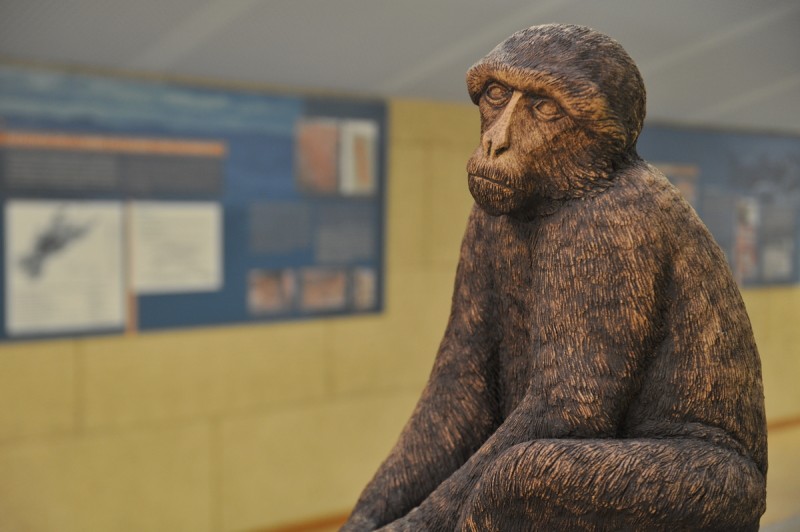
Pre-history and the paleontological site of Quibas
Abanilla lies 222 metres above sea level, but contains interesting fossil references to the period in which the Murcia Region lay submerged beneath the oceans as well as during the Early Pleistocene, 1.3 million years ago.
Within the municipal boundaries of Abanilla lies a small abandoned quarry on the south-east-facing slopes of the Sierra de Quibas which has been declared an Item of Cultural Interest on account of the numerous and varied fossils which have been found here. These belong to over 60 species of mammals (including primates), reptiles, birds and amphibians, and date back to the end of the Lower Pleistocene approximately 1.3 million years ago: there are also continual hopes that the remains of early hominids could yet be discovered at the site, which was only discovered by chance in 1994 but has quickly become one of the best known of its kind in south-eastern Spain.
The site was found by a group of walkers who picked up fossils found on the surface in 1994 and took them to palaentology enthusiasts in Elche, who in turn visited the site and carried out extensive studies on the material recovered.
This then lead to more extensive research, and the realisation that this was a valuable and exciting site which required protection and further study, the result of which was the declaration of the site as being of special cultural interest.
Researchers from the Universities of Murcia, Cartagena, Valencia, Madrid and Granada continue to investigate the site and learn more about the remains uncovered to date as well as make further discoveries.
Pre-history and proto-history
No human remains have yet been unearthed at Quibas, but archaeological findings indicate that the area was inhabited by early Man in the Neolithic: polished stones and flint tools from this period have been found, for example, in La Umbria and El Partidor.
However, little exploration and excavation relating to the prehistoric has been undertaken in the area encompassing all of Abanilla, although finds indicate that there was certainly prehistoric activity in the area.
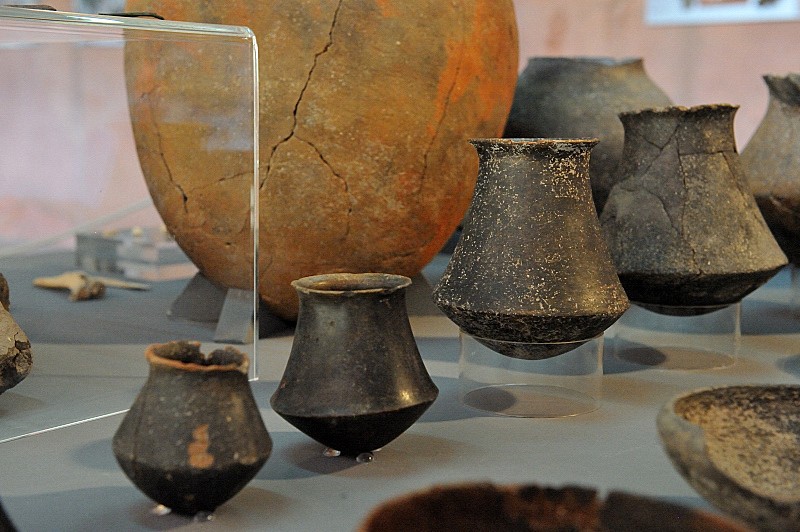
The Bronze Age and Argarics
The “El Mortero” archaeological site near Lugar Alto, above the town of Abanilla itself, dates from between 1800 and 1100 BC, during the Bronze Age, and here the items discovered include fragments of ceramics, primitive mills, and polished axes made from diorite. This suggest the presence of the Argaric culture in Abanilla, as the Argarics made full use of early metallurgy techniques and favoured hilltop locations for their settlements.
The Argarics are an interesting culture and finds unearthed at many sites across the Murcia Region and across the border in Almería, suggest an organised and hierarchical culture which controlled crop production, fabrication of ceramics and metal items and maintained a managed communications network between the various sites undertaking specific jobs and the population centres.
Where they came from has been the subject of much speculation, although their decline is generally attributed to over-exploitation of the natural resources in the immediate areas they occupied and disease caused by malnutrition, although research is still underway in many Argaric sites which continues to build up a wider picture of this Bronze Age culture. (Click for more overall information about the Argarics.)
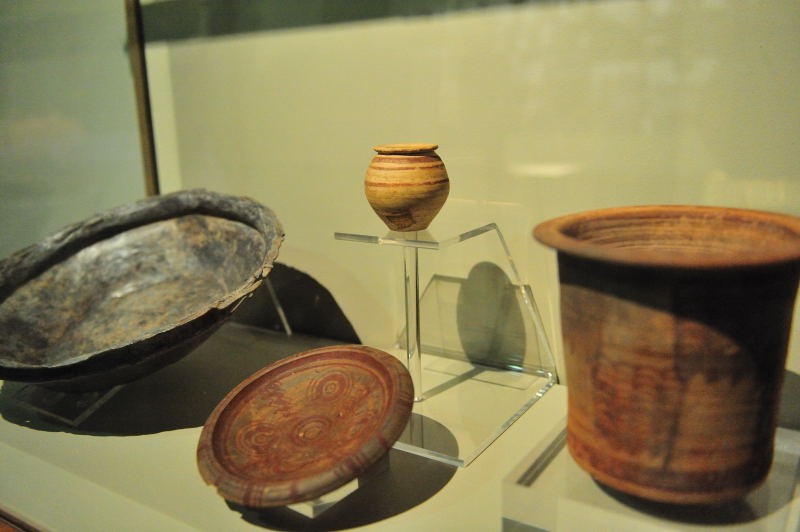
Iron Age: The Iberians
Dating from rather later are the Iberian settlements of which remains can be seen in Mafraque, Azud de El Partidor, El Olivar and Lugar Alto, where the pottery fragments and iron lances date from the 4th and 5th centuries BC. One of the outstanding findings from this period is the terracotta bust of a woman which was unearthed in Llano de Sahués.
The term Iberians encompasses the range of peoples who inhabited the Mediterranean coastline between Upper Andalucía and the River Hérault, in the South of France, from the 8th to the 1st century BC. This included modern day Andalucía, Albacete, Murcia, Valencia, Catalunya and some parts of Aragón.
The term Iberian almost certainly derives from the river "Iber" or "Iberus", which is now the Ebro
It was the Greeks who gave the name of “Iberians” to the inhabitants of the peninsula, which in turn was known as Iberia. At the time these people spoke Iberian, the written version of which consists of syllabic and alphabetical symbols and has been found at the archaeological sites of El Cigarralejo (Mula) and La Serreta (Cieza).
Technologically this civilization belongs to the Iron Age in what is generally referred to as the Second Iron Age, i.e. from 600 BC approximately until the birth of Christ and genetically they are not traceable as an isolated population, so the term Iberians refers to the indigenous peoples who lived in the above-mentioned area during this period of time.Click for more information about the Iberians
There was no watershed for the Iberian culture, but rather a gradual "Romanisation", which took place from the beginning of the second century BC as the Iberian natives absorbed the customs of the occupying Romans and emulated their way of living.
Gradually the symbols of their own cultural identity disappeared, and by the time Christ was born, they had totally lost their own identity as a definable and distinct culture.
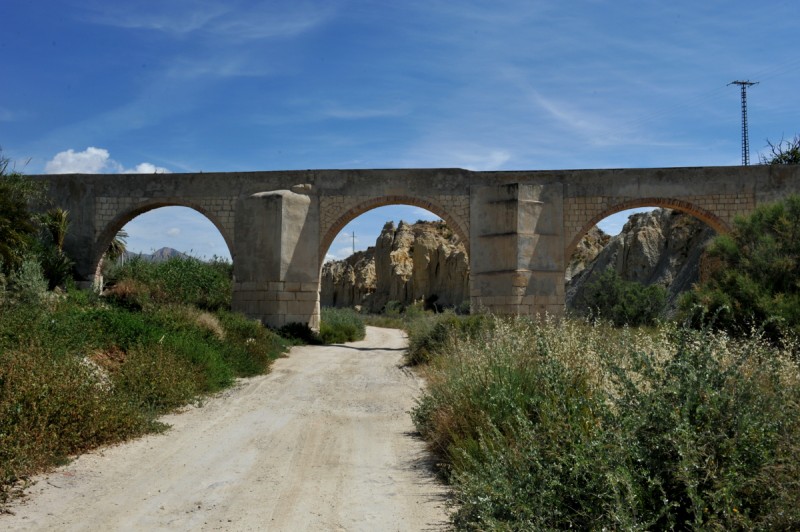
Abanilla during the Roman occupation
In 209 BC, in the midst of the second Punic wars between the Romans and Carthaginians, the Romans took Cartagena, which became the base for a more widespread occupation of the Murcia Region, lasting until the end of the 4th century AD.
During the centuries of Roman occupation of the south-east of the Iberian Peninsula Abanilla was a stopping point on the road to the thermal baths of Fortuna and Archena, and was also communicated with the Via Pretoria, the road which passed through Yecla and Pinoso and which is believed to have been used by Hannibal as he made his way towards Rome with his elephants. The area fell within the Citerior province until 27 AD, then belonged to the Tarraconense area until the year 286 before passing into the Carthaginense until the departure of the Romans and the arrival of the Visigoths.
Various archaeological remains have been found in Lugar Alto and Santa Ana, and in 1957 a Roman agricultural villa was discovered in the district of Sahués. It is believed that this villa was in use from the 1st century BC to the 4th century AD, and the items found here include millstones and an olive oil or wine press.
But the Romans left their mark on the countryside of Abanilla in other ways too: many of the irrigation infrastructures which diverted water and made large areas arable were first devised by the invaders, including the aqueduct of Sahués, the canal and mill in Jarea and possibly even the weir in El Partidor, where the natural spring is channeled off in two directions. These infrastructures were later modified by the Moors, and some such as the weir in El Partidor and the aqueduct are still in use today following more modern repairs and maintenance in recent centuries.
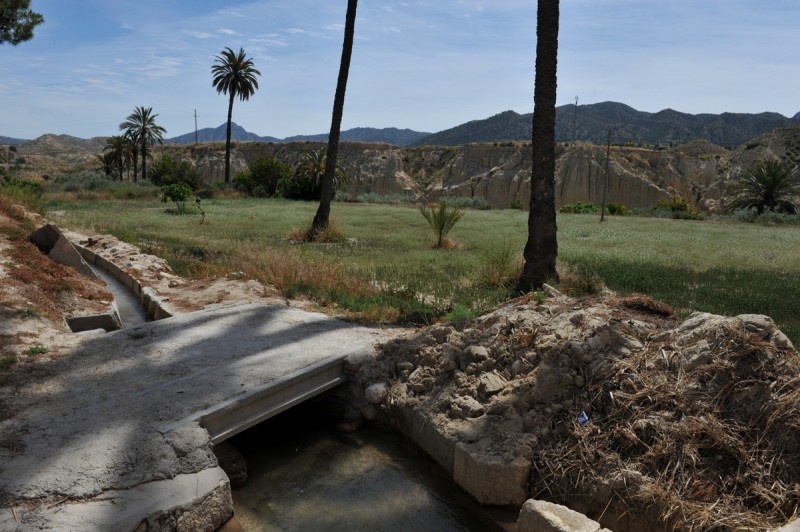
The Moorish occupation
By the 4th Century AD the bloated Roman Empire had disintegrated and former Roman territories were subjected to waves of invaders as the balance of power shifted.
Much of the Iberian Peninsula was taken over by Goths, and after a brief period of Byzantine rule, of which there is no trace in Abanilla, Visigoth tribes took control of the modern-day Murcia Region.
Again, there is little evidence of any impact on Abanilla during this period, but in the early 8th century the Moors invaded from northern Africa and quickly conquered most of what is now Spain. By the terms of the Pact of Tudmir in 713 Islamic sovereignty was recognized, and in 779 Caliph Abderráman I created a province covering the areas of Murcia and Alicante with its capital in Orihuela.
This province remained in place until 1031, and in the 12th century there is a written reference in a work by the geographer Al-Idrisi which mentions the quality of the textiles produced in Albanyala, Albayada or Banyaliya, all of them variants on the name of Abanilla which mean “white town”. This is a reference to the stone which was used to construct homes here, and which still accounts for around a quarter of all of the stone which is quarried in the Region of Murcia.
Protecting the agriculture in industry of Abanilla at the time was a Moorish fortress or “alcazaba” located on the brow of the hill which is now called Lugar Alto, possibly on top of Roman remains, and it seems that the entire upper part of the hill was occupied: slightly below the peak was the “aljama”, which was occupied by the dispenser of local justice in Moorish times and was situated in the tower on the entrance gate to the city, and the “lonja” (or market) after which the attractive Plaza de la Lonja is named is also a reminder of the Moorish past.
The mosque and Arabic cemetery stood on what is now Calle San Benito, and their remains did not come to light until they were found during construction work on a new school in 1917.
During the Moorish occupation some of those living on the hill of Lugar Alto lived in cave houses, many of which are still occupied (although with considerable modifications having been made), and local legend has it that some of the caves were actually connected to the castle itself by means of tunnels.
Outlying areas of Abanilla were farmed during this period, maintaining and amplifying the irrigation systems used in outlying districts.
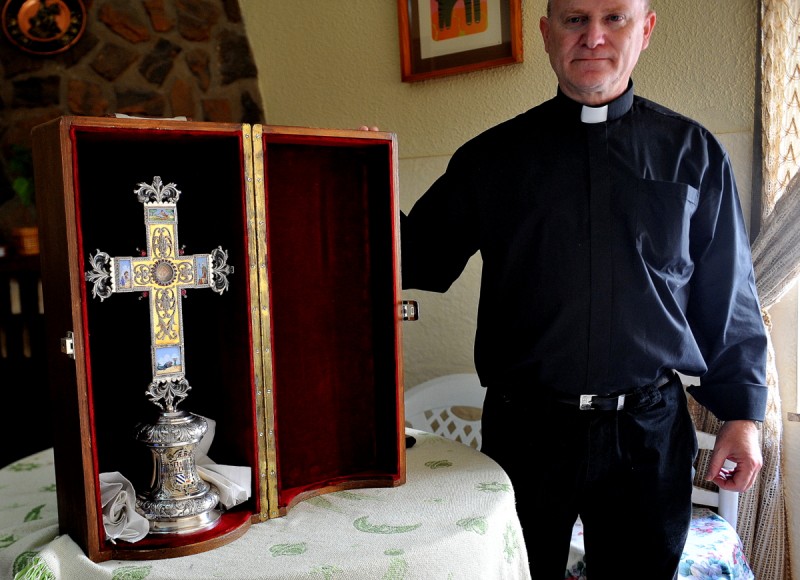
The Reconquista and after
After 500 years of occupation by Moorish tribes and caliphates, Christian forces from the northern and central areas of Spain pushed down south and a process known as the "Reconquista" took place, the lands occupied by the Moors (Mudéjar) returning gradually to Christian control.
In some areas this was achieved through armed battle and in others by a treaty of capitulation, with the families who lived in the areas and farmed the land permitted to remain and continue to farm, a process which took place in 1243 in this area.
The success rate of the Reconquista varied considerably, as initial capituation turned to open rebellion several years later in some areas, as the terms of the treaty were widely ignored by King Alfonso X of Castile, who failed to respect the rights of the Moors living in his newly conquered territories. In this case the village of Abanilla was dependent on Orihuela with its own castle, and in 1243 was renamed “Fabanella".
Soon afterwards, in 1264, Alfonso X “El Sabio” rewarded his supporter Guillén de Rocafull by granting him control over Abanilla in gratitude for his support in quashing the Mudéjar uprising, a revolt by the Moslems who remained in the Region after the Reconquista. However, this gift was not actually made formal until 1304, and after it the land around Abanilla was constantly disputed by the Crowns of Castilla and Aragón until finally the town was entrusted to the Order of Calatrava in the mid-15th century. This was to be pivotal in shaping the rest of the history and the identity of the town.
The Order of Calatrava was an offshoot of the Templars, and they exerted tight control over their subjects in Abanilla as well as subjecting them to steep taxes in the form of a portion of the produce from the land.
By 1492 the last territories controlled by the Moors in Granada had fallen to the Reconquist, spearheaded at this point in time by the "Reyes Católicos" or Catholic Monarchs, Ferdinand II of Aragon and Isabella I of Castile, whose marriage in1469 led to the unification of Spain.
In 1501, as part of their campaign to convert the remaining Moorish “Mudéjars” of Spain to Catholicism, the Catholic Monarchs elevated Abanilla to the status of “villa”, and the church of San Benito was consecrated on the site of the former mosque. However, the Moorish roots ran deep in the local population, and when Felipe III expelled the “moriscos” (former Mudéjars converted to Christianity) in the 17th century the population of the town fell sharply as a result – Abanilla lost more than 1,000 inhabitants - causing great harm to the local economy.
It was around this period that a “lignum crucis”, a fragment of the cross on which Christ was crucified, appeared in Abanilla, an event which has formed part of the identity of the town ever since. One version of events is that the fragment appeared miraculously to shepherds in Mahoya, but more likely is that it was one of the numerous sacred relics to arrive in the Diocese of Cartagena following the expulsion of the “moriscos”, possibly having been acquired by the Order of Calatrava.
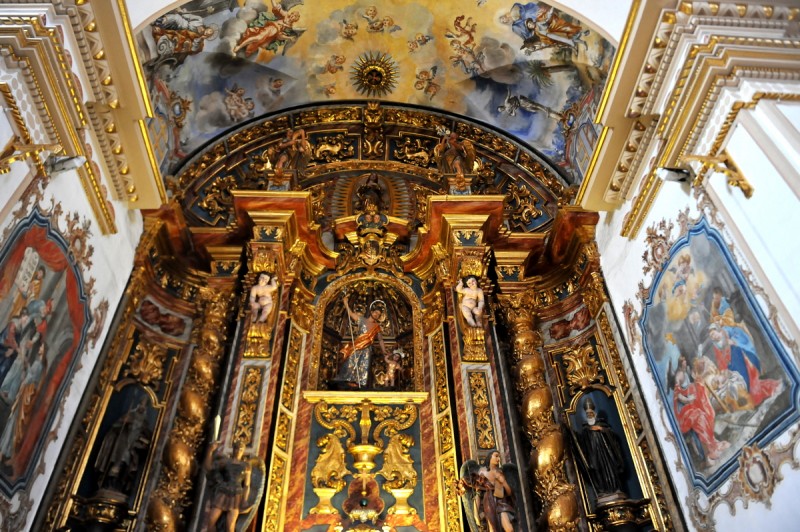
The 18th century onwards
By the mid-18th century, though, the population had recovered sufficiently for a new and larger church to be required, and the Iglesia de San José was consecrated in 1709 (or three years later according to some sources). Later in the century, in 1762, the Town Hall was completed, and the Casa Cabrera and Casa Pintada date from the same period.
This is also the case for the Casa de la Encomienda, which served as a headquarters for the operations of the Orden de Calatrava, which still ruled over Abanilla. This building, which now fulfills many functions including library, youth centre, exhibition room and others, was used partly as an administrative centre, and partly as a storage facility for the taxes collected in the form of cereals, wine and other local products: its sheer size gives an idea of both the scale of agricultural production in Abanilla at the time and the amount hived off by the Order in local taxes!
At one point the residents of Abanilla were so oppressed by the high taxation that they even took the matter to the King to complain, but the Order of Calatrava remained in control nonetheless.
However, an end to the rule of the Order was not far away. In the 1820s there began a series of laws by which properties were confiscated from religious organizations, and in the year 1856 Abanilla was at last made independent from its religious masters, enabling the town to follow its own path of development.
The first result of the “desamortización” was that land was suddenly available to purchasers from elsewhere, and in consequence the population of Abanilla grew to over 7,000 by the end of the 19th century. To put that into perspective, today the figure stands at almost a thousand fewer!
The local economy at the time was based not only on agriculture, but also on esparto grass products: in other words, cottage industry, and this quickly died out in the 20th century when the advent of plastics made the weaving of esparto (“coffin” or “capacho” in the local argot) redundant.
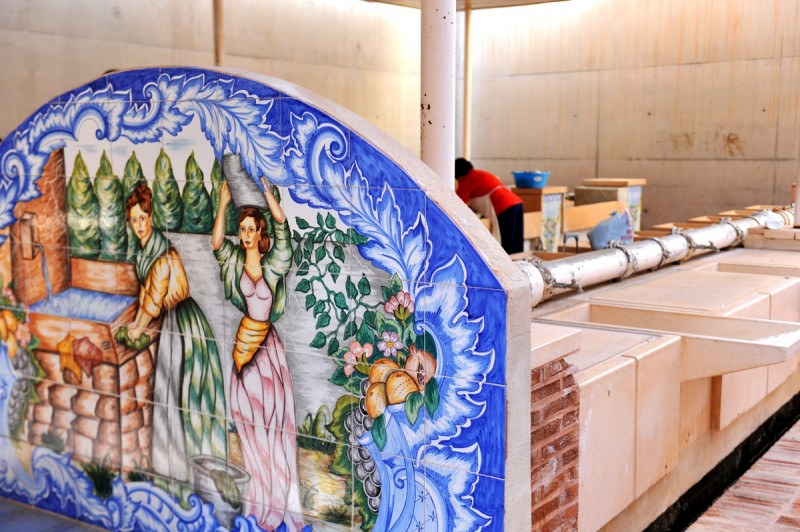
It was not until 1959 that the reliable supply of drinking water in Abanilla was guaranteed by the Taibilla canal, and this sparked the growth of the town throughout the rest of the 20th century. In the new millennium Abanilla is still dependent in economic terms largely on agriculture, with crops ranging from dates and almonds to peaches and apricots, although there is a busy industrial estate and the quarries still provide some revenue and employment.
There is also a fair degree of rural tourism, visitors attracted by the opportunities for walking within the municipality and the charm of the old town centre, which still retains many of its important buildings and monuments intact.
Click for more information about the Abanilla municipality
Cartagena
El Carmoli
Islas Menores and Mar de Cristal
La Manga Club
La Manga del Mar Menor
La Puebla
La Torre Golf Resort
La Union
Los Alcazares
Los Belones
Los Nietos
Los Urrutias
Mar Menor Golf Resort
Pilar de la Horadada
Playa Honda / Playa Paraiso
Portman
Roldan and Lo Ferro
San Javier
San Pedro del Pinatar
Santa Rosalia Lake and Life resort
Terrazas de la Torre Golf Resort
Torre Pacheco
Aledo
Alhama de Murcia
Bolnuevo
Camposol
Condado de Alhama
Fuente Alamo
Hacienda del Alamo Golf Resort
Lorca
Mazarron
Puerto de Mazarron
Puerto Lumbreras
Sierra Espuna
Totana
Abaran
Alcantarilla
Archena
Blanca
Corvera
El Valle Golf Resort
Hacienda Riquelme Golf Resort
Lorqui
Molina de Segura
Mosa Trajectum
Murcia City
Peraleja Golf Resort
Ricote
Sucina
Condado de Alhama
El Valle Golf Resort
Hacienda del Alamo Golf Resort
Hacienda Riquelme Golf Resort
Islas Menores and Mar de Cristal
La Manga Club
La Torre Golf Resort
Mar Menor Golf Resort
Mazarron Country Club
Mosa Trajectum
Peraleja Golf Resort
Santa Rosalia Lake and Life resort
Terrazas de la Torre Golf Resort
La Zenia
Lomas de Cabo Roig

CAMPOSOL TODAY Whats OnCartagena SpainCoronavirusCorvera Airport MurciaMurcia Gota Fria 2019Murcia property news generic threadWeekly Bulletin

